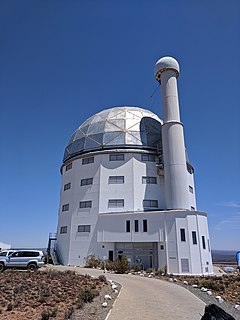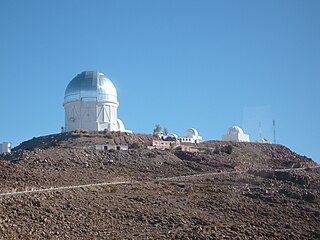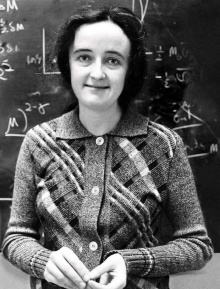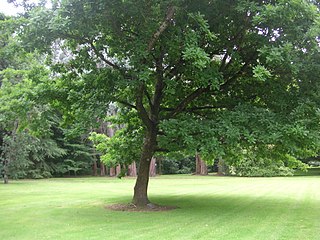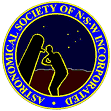This article relies too much on references to primary sources .(January 2010) (Learn how and when to remove this template message) |
 | |
| Formation | January 1, 1961 |
|---|---|
| Type | NGO |
| Location |
|
| Coordinates | 46°24′27″S168°21′12″E / 46.4074974°S 168.353312°E Coordinates: 46°24′27″S168°21′12″E / 46.4074974°S 168.353312°E |
Region served | Invercargill, New Zealand |
Membership | ~35 |
| Affiliations | Royal Astronomical Society of New Zealand |
| Website | Southland Astronomical Society |
The Southland Astronomical Society is the southern-most astronomical society in the world. [1] Based in Invercargill at the southern tip of New Zealand's South Island, its small, active group of about 36 amateur astronomer members participate in a variety of astronomical activities including education with groups and school children, deep sky observing, astrophotography and aurora observation. [2]

Invercargill is the southernmost and westernmost city in New Zealand, and one of the southernmost cities in the world. It is the commercial centre of the Southland region. The city lies in the heart of the wide expanse of the Southland Plains on the Oreti or New River some 18 km north of Bluff, which is the southernmost town in the South Island. It sits amid rich farmland that is bordered by large areas of conservation land and marine reserves, including Fiordland National Park covering the south-west corner of the South Island and the Catlins coastal region.

New Zealand is a sovereign island country in the southwestern Pacific Ocean. The country geographically comprises two main landmasses—the North Island, and the South Island —and around 600 smaller islands. It has a total land area of 268,000 square kilometres (103,500 sq mi). New Zealand is situated some 2,000 kilometres (1,200 mi) east of Australia across the Tasman Sea and roughly 1,000 kilometres (600 mi) south of the Pacific island areas of New Caledonia, Fiji, and Tonga. Because of its remoteness, it was one of the last lands to be settled by humans. During its long period of isolation, New Zealand developed a distinct biodiversity of animal, fungal, and plant life. The country's varied topography and its sharp mountain peaks, such as the Southern Alps, owe much to the tectonic uplift of land and volcanic eruptions. New Zealand's capital city is Wellington, while its most populous city is Auckland.

The South Island, also officially named Te Waipounamu, is the larger of the two major islands of New Zealand in surface area; the other being the smaller but more populous North Island. It is bordered to the north by Cook Strait, to the west by the Tasman Sea, and to the south and east by the Pacific Ocean. The South Island covers 150,437 square kilometres (58,084 sq mi), making it the world's 12th-largest island. It has a temperate climate.
The society operates the Southland Astronomical Society Observatory and telescope at the Southland Museum and Art Gallery, [1] [3] with public viewing nights during the winter (April to September). [1] [3] The telescope is a fork mounted 30 cm (12 inch) diameter Cassegrain design. [3]

Southland Astronomical Society Observatory in Invercargill is New Zealand's southernmost observatory. Operated by Southland Astronomical Society but owned by the Southland Museum and Art Gallery, it is situated on the western side of the museum building.

The Southland Museum and Art Gallery Niho o te Taniwha is located in Gala Street, Invercargill, New Zealand. It is Southland's largest cultural and heritage institution, and contains a wide variety of the region's art, history and natural history collections. It is notable for its 1990 pyramid-shaped building, constructed over the original 1942 museum. In April 2018 the museum was closed indefinitely due to earthquake risks.
The society meets monthly to discuss general astronomical topics and receive presentations of astronomical interest. [1] [2] The society has a small library which holds a range of astronomical texts and magazines both contemporary and historical. [2] The society publishes a monthly newsletter for members. [1] [2]
